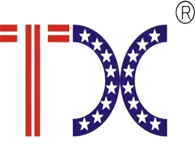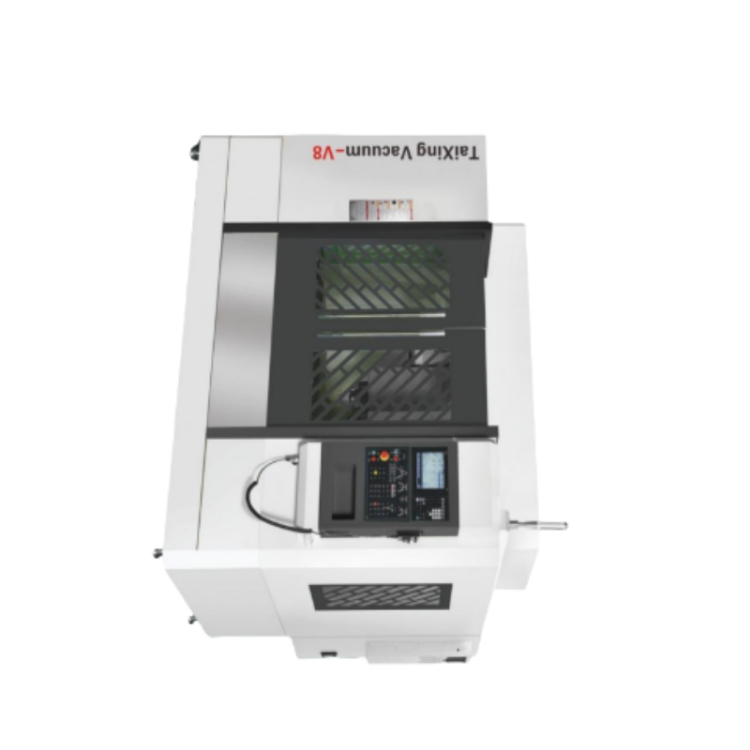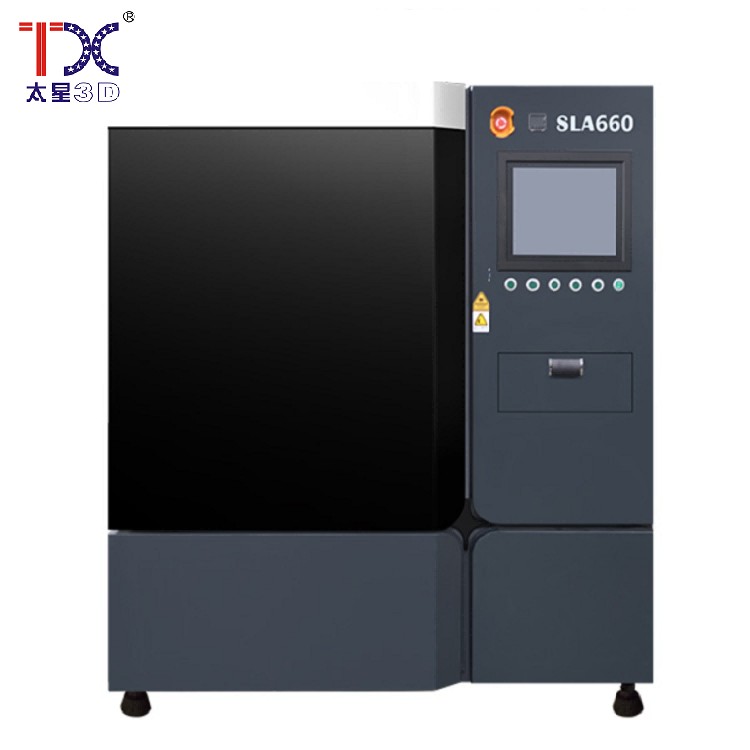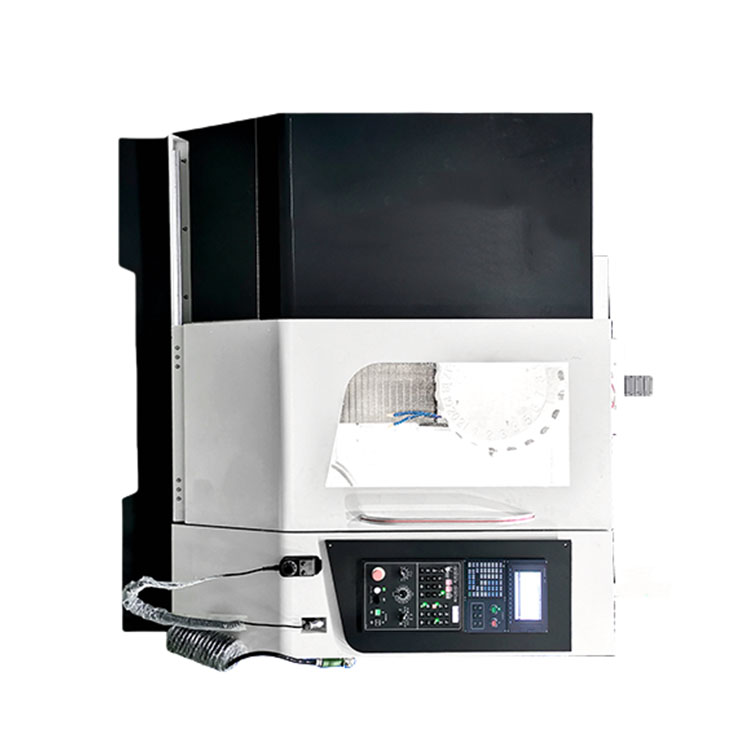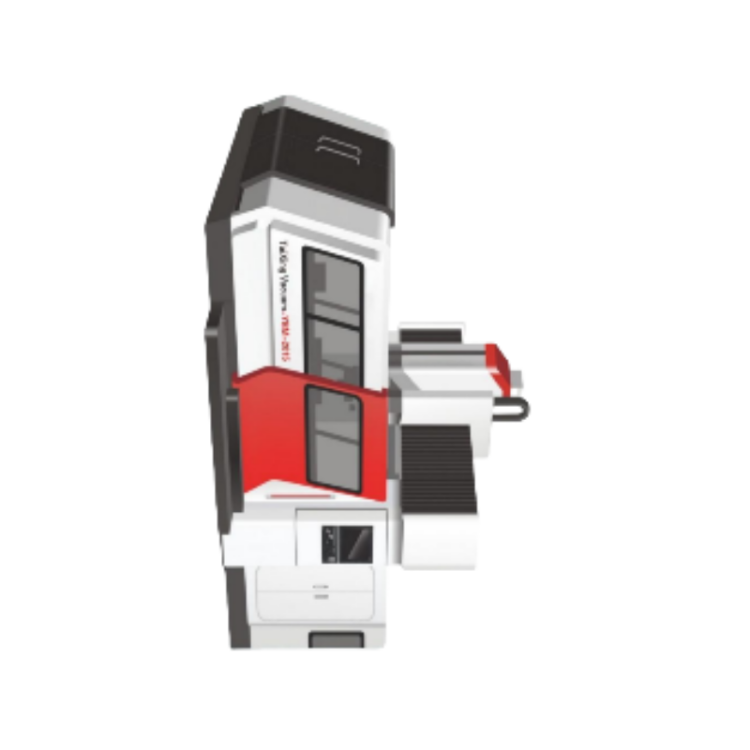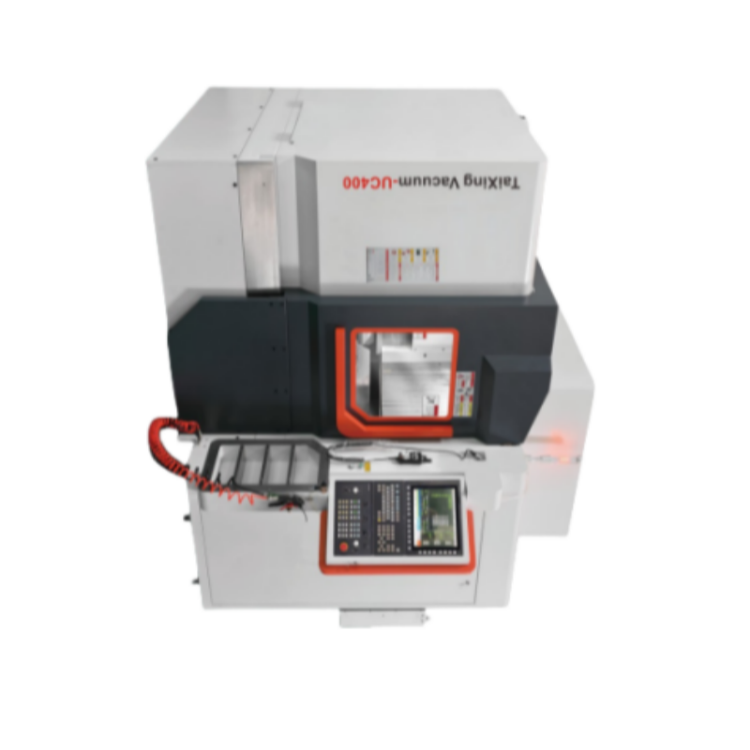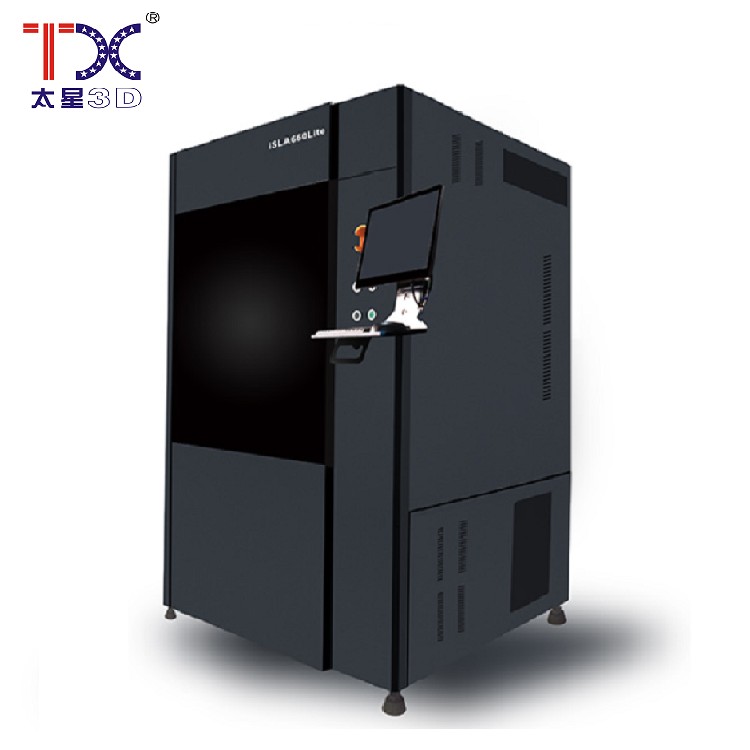
CNC milling axis
CNC milling axis
CNC milling machine is, in fact, a smart mechanism for creating complex shapes. Imagine Frezer as a powerful, but obedient tool that performs any commands that you give him. The key element of such a tool is the axis. They allow you to control the movement of the tool in three or more measurements, as if draw a complex figure in the air.
Types of axes and their role
The most common three main axes are: X, Y and Z. The axis X is responsible for moving the tool to the right and left, the axis Y - forward and backward, and the axis Z - up and down. These axes work together, like a hand and leg, ensuring accurate positioning of cutters for processing the material. In addition to the main axes, there may be others, for example, A and B, which allow you to rotate the tool around its axis, opening new processing opportunities, such as wrapping complex profiles or cutting threads.
Axis accuracy and control
The accuracy of the work of the milling machine with CNC directly depends on the accuracy of control of its axes. Modern machines are equipped with high -precision engines and sensors that monitor the position of the tool with high accuracy. These data are transmitted by the CNC program, which calculates the optimal movement of the tool. Is the program? Brain? The machine, receiving data on where and how the milling cutter should move in order to perform a given figure. Due to this, the accuracy of processing parts increases significantly.
How the axes work in real life
Imagine that you want to grind the shape of the logo on a piece of metal. The CNC program creates a set of commands for each axis: X moves the cutter to the desired position horizontally, y - vertically, Z - raises and lowers the carving tool. Each team is performed with micron accuracy, creating an exact copy of the logo on the metal. Axis is a key factor in the work of a milling machine, which allows you to turn ideas into real material objects.
AppropriateProducts
Corresponding products
The best soldproducts
The best -selling products-
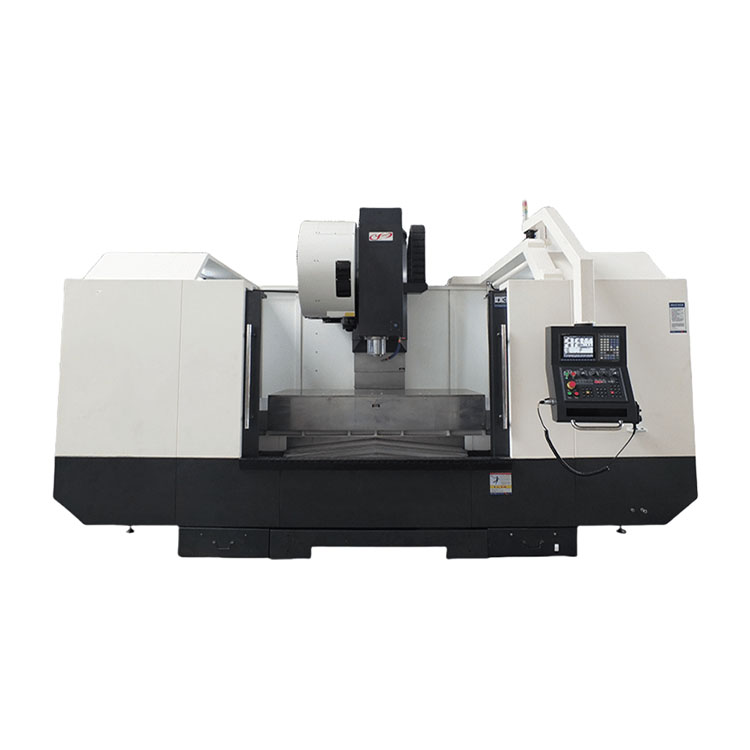 Taisin high-precision vertical processing center with CNC VMC TXP-1890
Taisin high-precision vertical processing center with CNC VMC TXP-1890 -
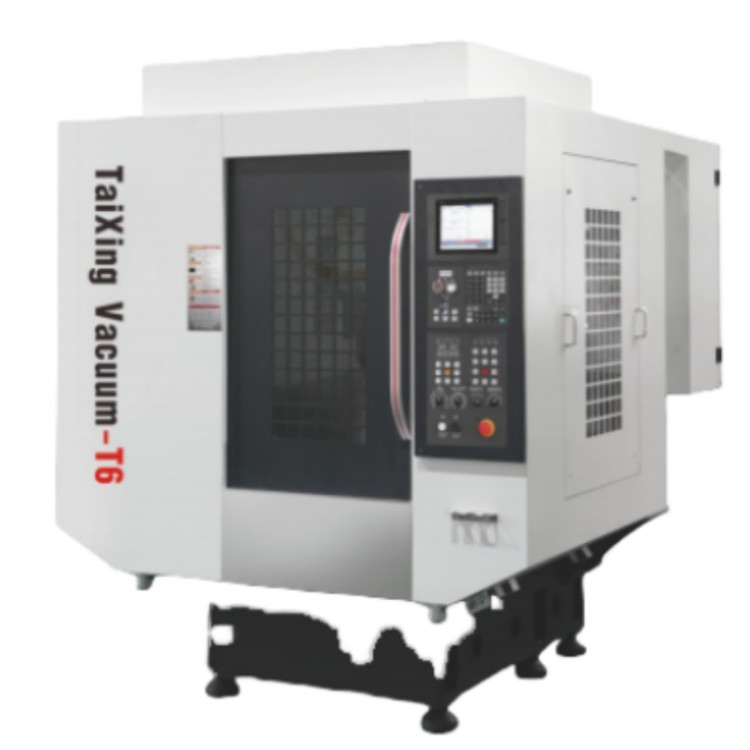 Taisin high-speed drilling and threaded machine TX-T6
Taisin high-speed drilling and threaded machine TX-T6 -
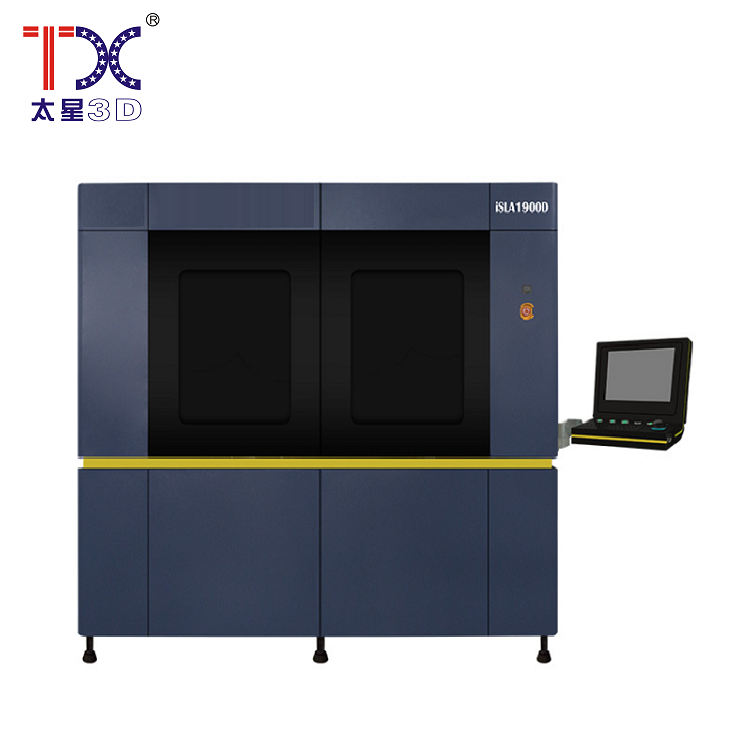 Taisin Light-adoptive 3D printer SLA1900D
Taisin Light-adoptive 3D printer SLA1900D -
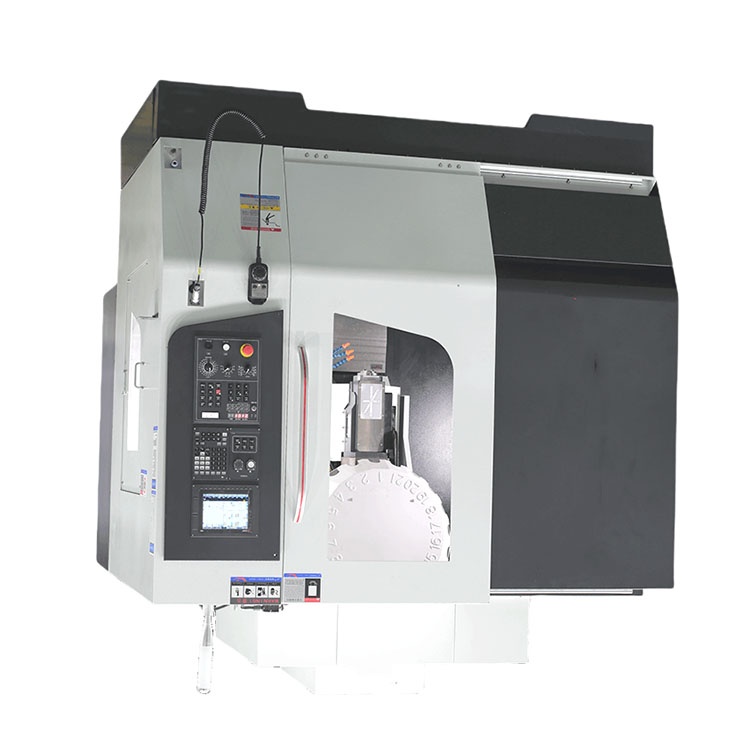 Taisin drilling and threaded-cutting machine with CNC TXT-700
Taisin drilling and threaded-cutting machine with CNC TXT-700 -
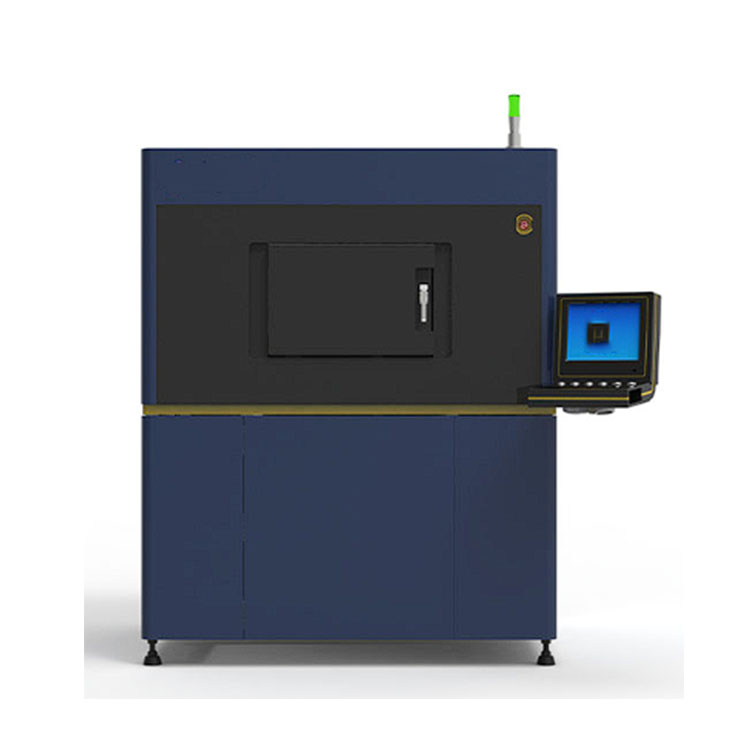 Taisin Metal 3D printer SLM280
Taisin Metal 3D printer SLM280 -
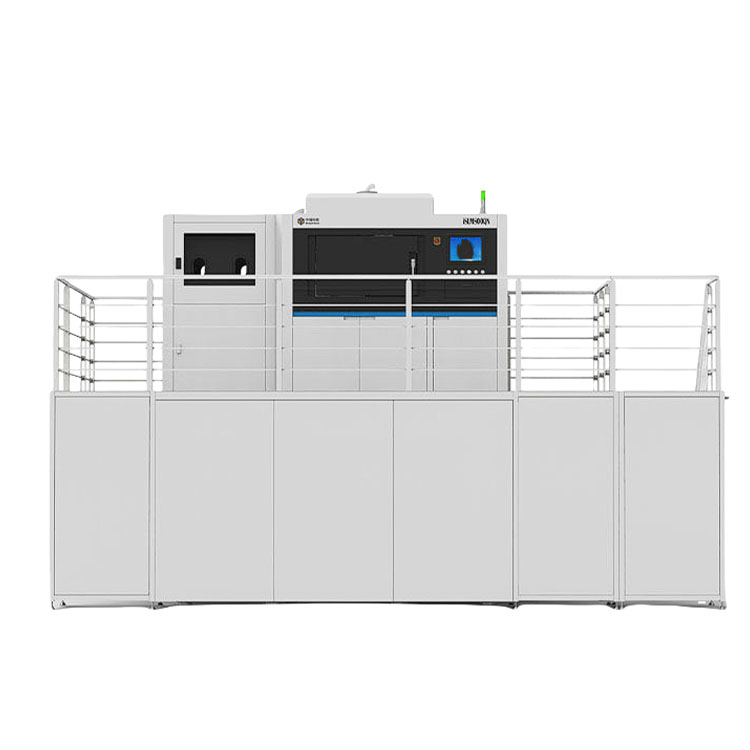 Taisin Metal 3D printer ISLM600QN
Taisin Metal 3D printer ISLM600QN -
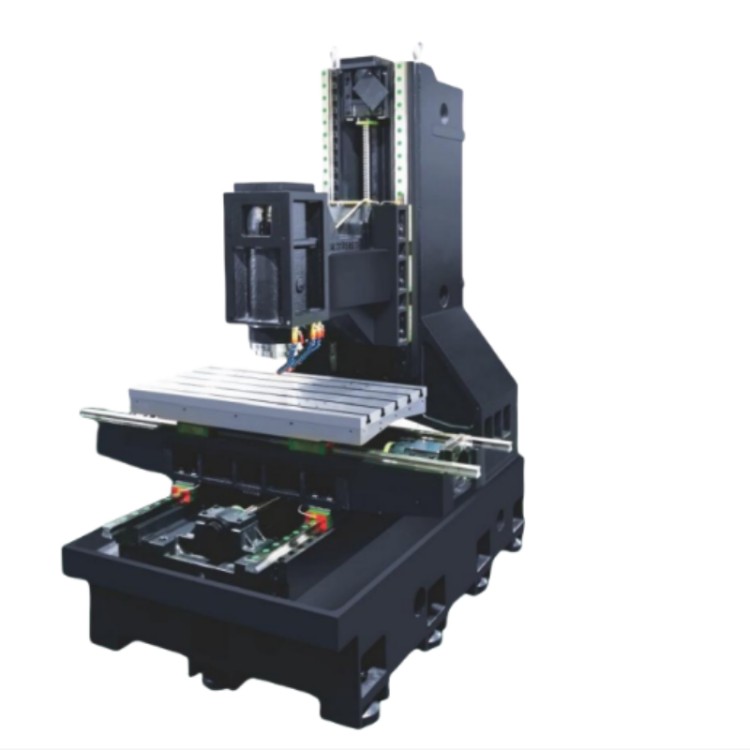 Taisin three-wire rail molding machine of high stiffness TX-6027
Taisin three-wire rail molding machine of high stiffness TX-6027 -
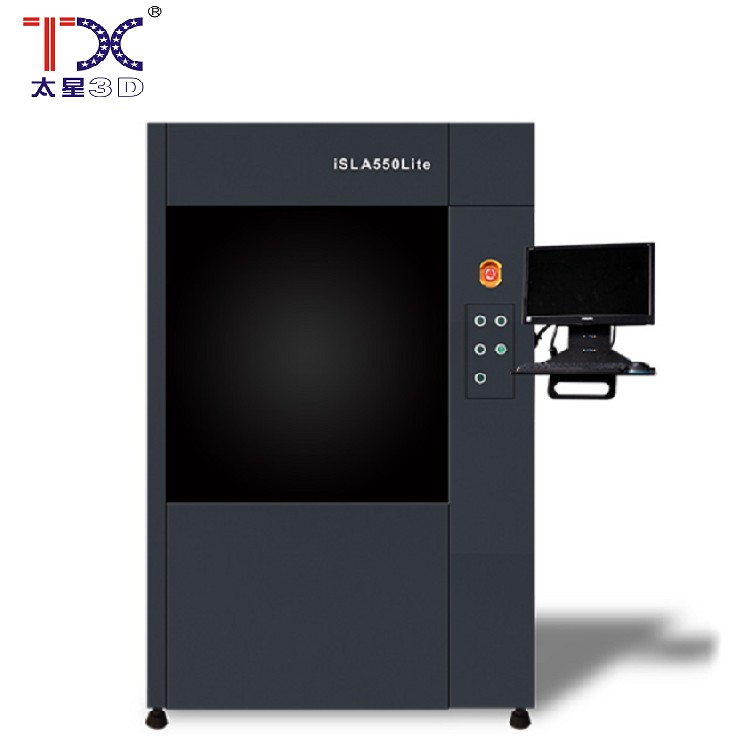 Taisin Light-adoptive 3D printer SLA550Lite
Taisin Light-adoptive 3D printer SLA550Lite -
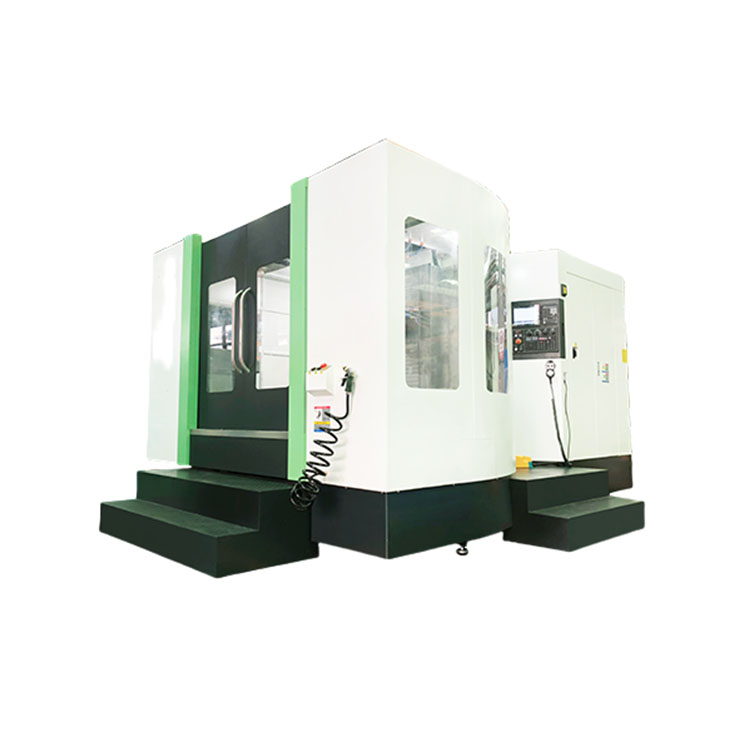 Taisin horizontal processing center with CNC High accuracy HMC TXHD-630
Taisin horizontal processing center with CNC High accuracy HMC TXHD-630 -
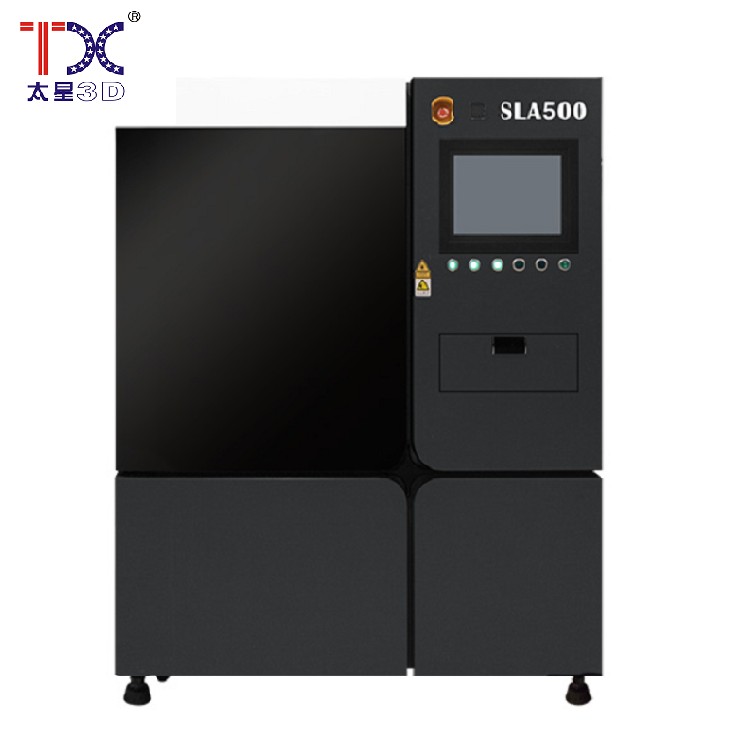 Taisin Light-adoptive 3D printer SLA500
Taisin Light-adoptive 3D printer SLA500 -
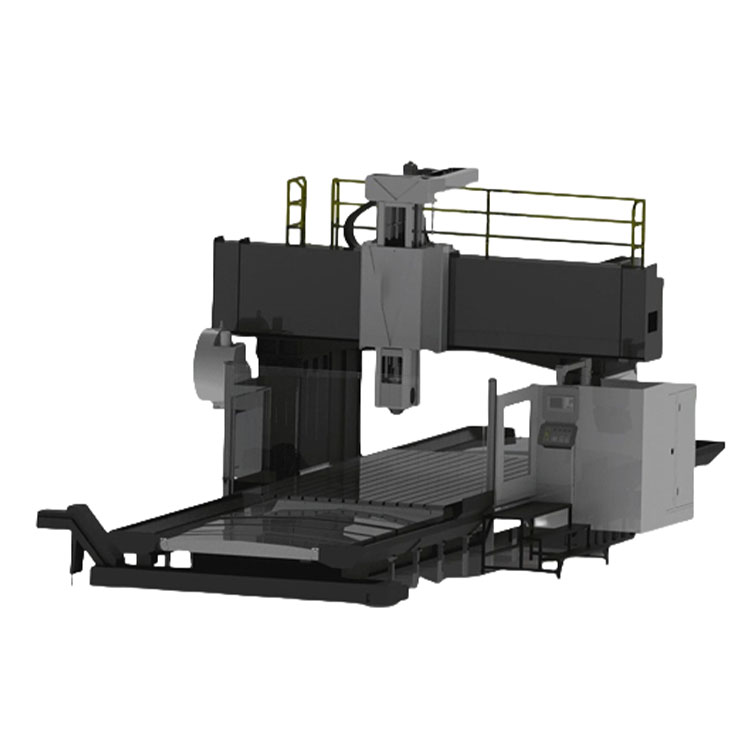 Taisin portal processing center with CNC TXM-9038
Taisin portal processing center with CNC TXM-9038 -
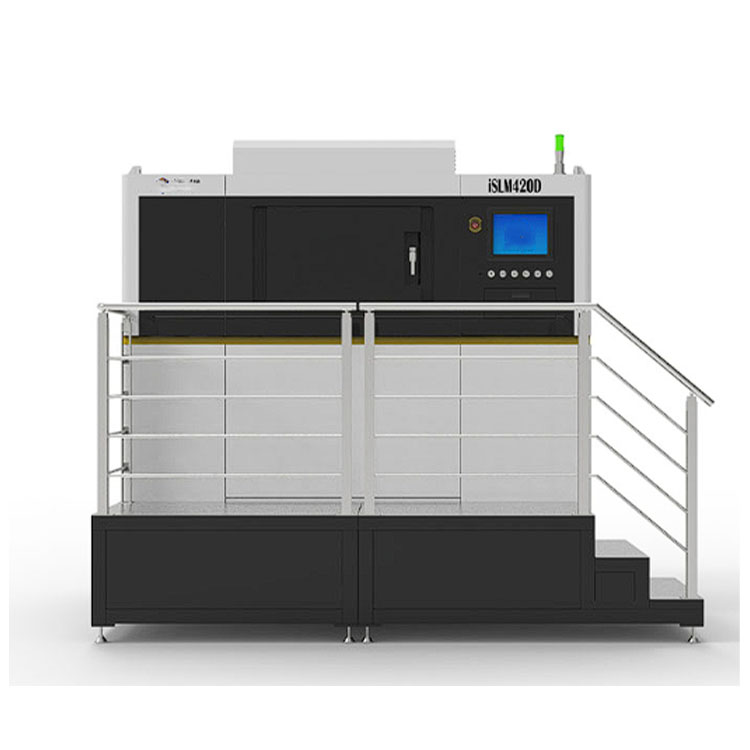 Taisin Metal 3D printer ISLM350DN
Taisin Metal 3D printer ISLM350DN
Connectedsearch
Related search- Cheap multi -axis CNC machines factory factory
- Engineering plastics
- 3D printing factories in China
- Pyato -Soseva CNC milling machine
- Cheap axis plants on CNC machines
- Chinese suppliers Tokarny CNC VAL
- Manufacturers of powder melting technology in China
- Ceramic powder manufacturers from China
- Chinese manufacturers of 5-axis machines
- 2.5 axes of machine tools with CNC plants in China
